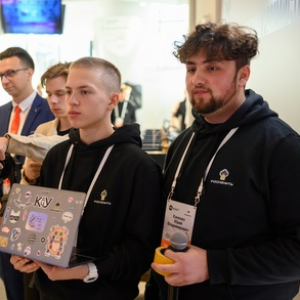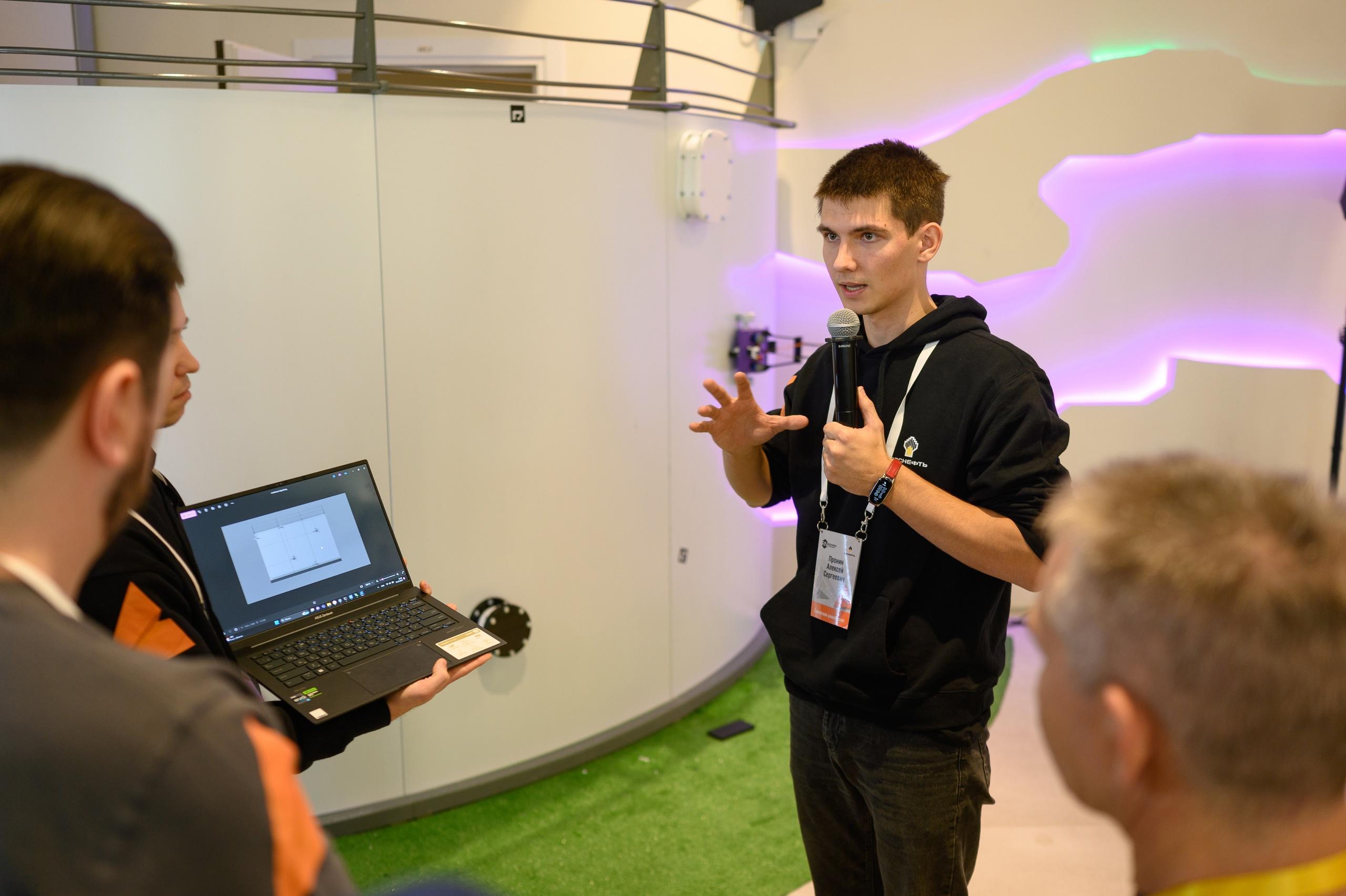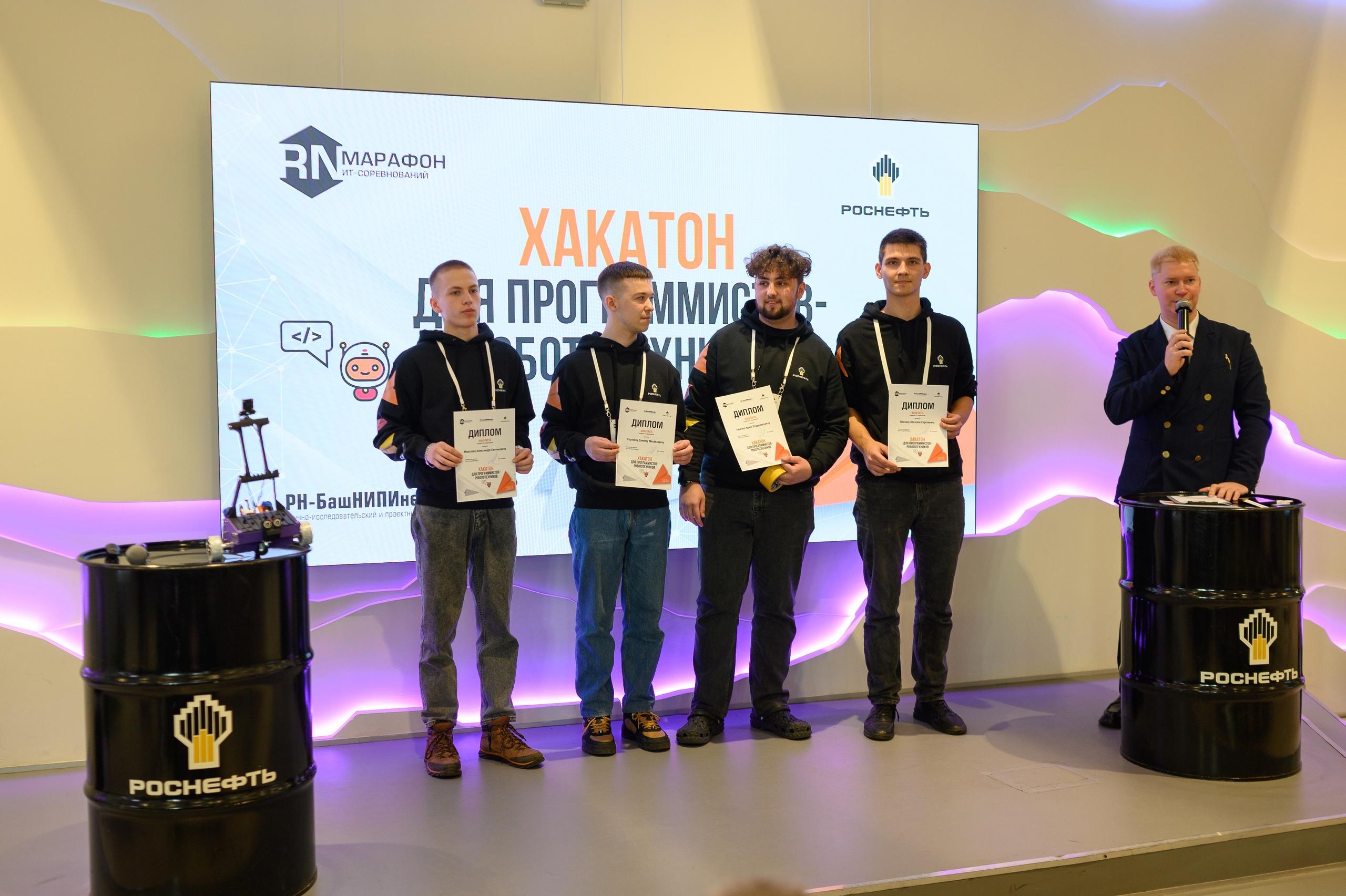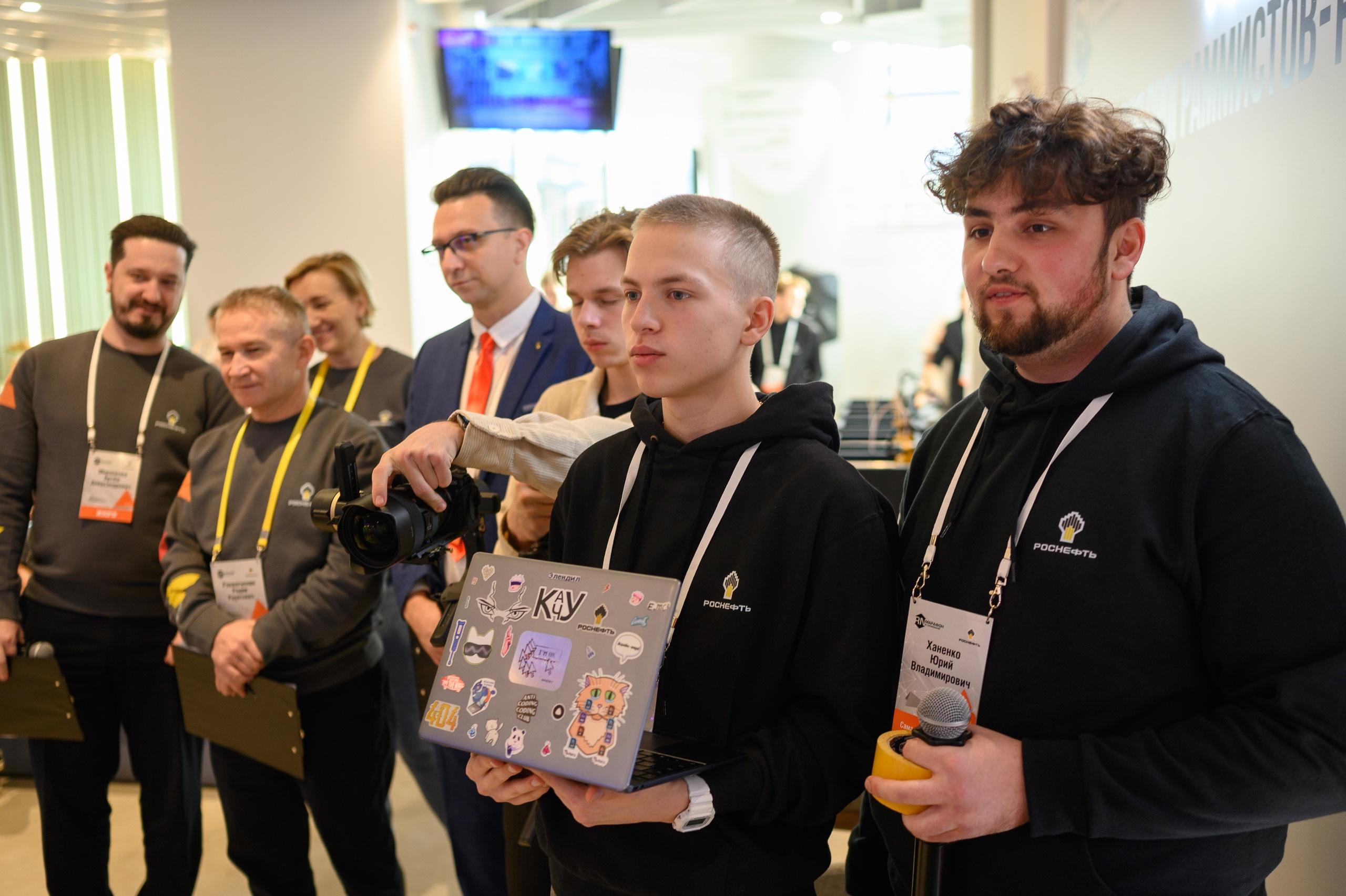The hackathon for robotics software developers in the interests of the oil industry has ended in Moscow. It has been conducted by the Research Institute “RN-BashNIPIneft” (Rosneft), a leading centre for developing knowledge-intensive software.
This year, 196 participants from 48 universities and 25 organizations competed in the hackathon for robotics software developers. The qualifying stage was passed by 12 teams, including the last year’s winner, the Samara University’s team “NoName510”. At the offline venue in Moscow, organized on the basis of Lomonosov Moscow State University’s cluster “Lomonosov”, they performed a task related to automation of diagnostic processes for metal tanks.
The participants in the hackathon for robotics software developers worked out the concept, as well as assembled and programmed robotic devices. They needed to design compact robots to be able to move on the tank surface, build a 3D model of the tank, and track its position in real time. The participants’ ideas can be applied at the Corporate Research Institute “VNIKTIneftekhimoborudovanie”, which produces robots for surveying hard-to-reach facilities.
Since last year, there have been no changes in the University’s team: the well-coordinated team consisting of the representatives of the Institute of IT and Cybernetics Aleksey Pronin, Daniil Sorokin, Aleksander Morozov and the postgraduate student Yury Khanenko rushed into a new battle.
“This year, we created a hardware and software complex that would allow detecting ARUCO tags that simulate damage and other artifacts on the surface of oil tanks. It was also necessary to detect the location of protruding elements – obstacles and welds on the tank surface. Given the data obtained, the 3D model of the tank was built automatically”, says Aleksey Pronin, one of the Samara team’s members.
For making the robot, the hackathon participants made the estimate for its components. At the qualifying stage, the software and structural documentation of the team’s future product was sent to the organizers, as well. Next, for several months, the teams designed, programmed, and tested hardware and software systems, mostly two- or four-wheeled robots. For the structure to move vertically along the tank walls, Samara students equipped it with two magnetic wheels and the additional sticky base.
At the intramural stage of the hackathon, the teams were allocated a day for additionally debugging their robots at the testing ground. Then there were the final races and presentations of solutions.
Following the competition results, the 1st place was given to Samara University’s team “NoName510”. For the 1st place, the team will be awarded with 350 thousand rubles.
“Just like last year, we were able to get ahead due to the entire team’s purposeful and well-coordinated work”, noted Aleksey Pronin. “In fact, we have developed a software and hardware complex involving both algorithmic and design solutions. The complex moves along the tank surface, avoiding obstacles that it may encounter on its way. After collecting the data, the 3D model is built automatically, which displays the information on presence and location of obstacles and defects in the tank”.
 RU
RU  EN
EN  CN
CN  ES
ES 



